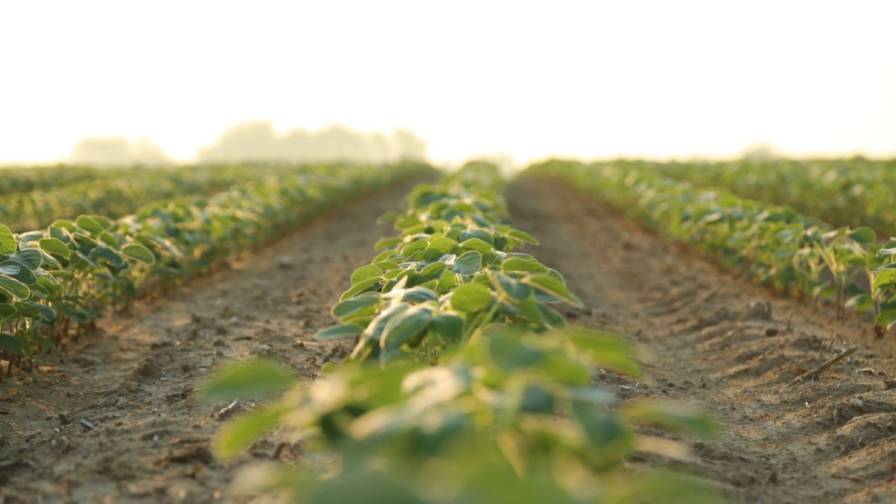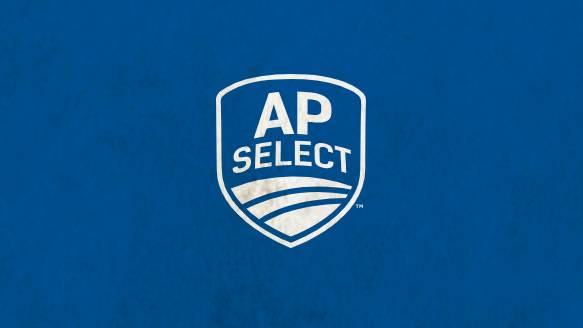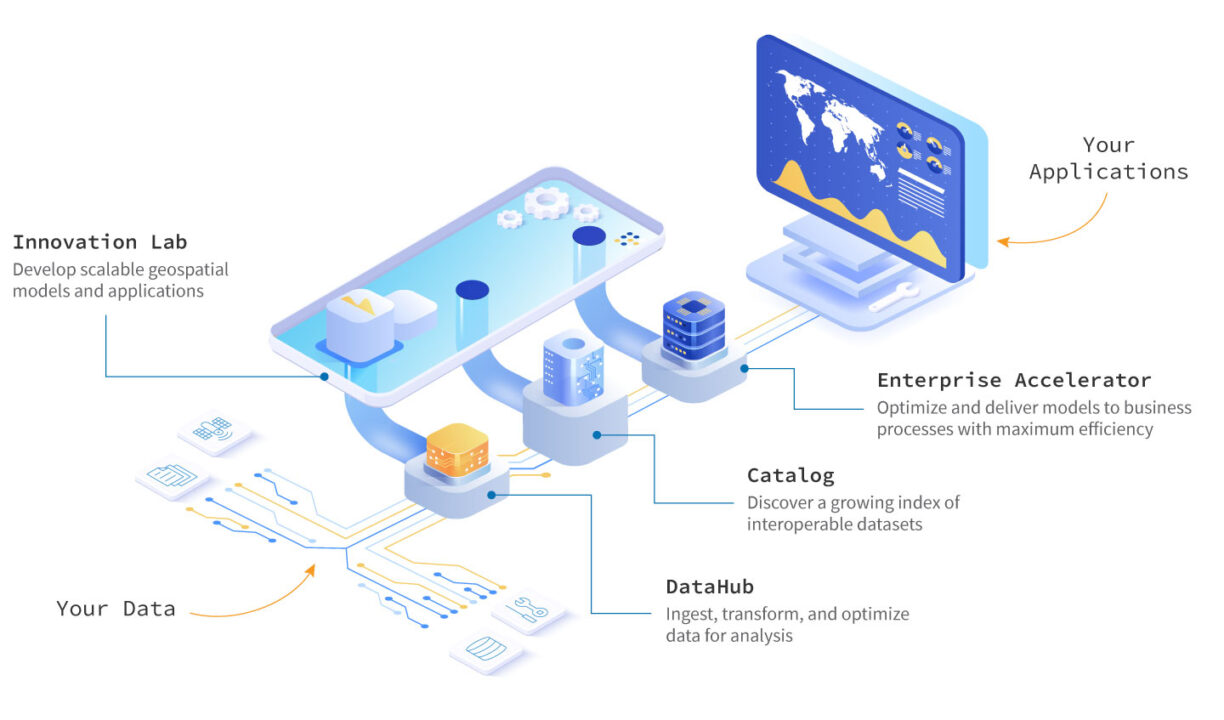A Glimpse at Agriculture’s Future from Key Associations
Throughout any given year, I spend a lot of my time talking with the various trade associations that represent agriculture across the country — both at the state and national levels. Usually, these conversations take place at various in-person meetings, on Zoom calls, or via telephone. Yet rarely do I get the chance to hear from multiple association heads all at the same time, with the ability to interact with one another.
Until recently, that is. Back in mid-January, Kevin “K.J.” Johnson, President of the Illinois Fertilizer & Chemical Association (IFCA), managed to get three national trade association leaders — Chris Novak, President/CEO for CropLife America, Daren Coppock, President/CEO for the Agricultural Retailers Association (ARA), and Corey Rosenbusch, President/CEO for The Fertilizer Institute (TFI) — to speak simultaneously at the state association’s annual meeting.
This was enlightening, to say the least, and a great look at some of the key issues each trade association is dealing with, both separately and as a group. A range of topics were discussed during this gathering, including special interest groups and their opposition to modern agricultural practices, potential legislative dangers the entire industry may face, and, of course, how ag retailers might play a role in the current carbon credits initiatives many suppliers and growers are looking into.
Then, said CropLife America’s Novak, there are many ongoing legal issues crop protection manufacturers are having to deal with. “It bothered me, when I was traveling here, to see paraquat ads on the TV looking for consumers to join the lawsuit,” he said. “The truth is lawyers have a lot of money from other crop protection settlements, and they are investing this to target other products. They are attempting to recruit enough plaintiffs to make it impossible for companies to not settle because they couldn’t afford to litigate 100,000 separate lawsuits.”
Despite this, I found the answer to the question regarding how each trade association’s industry will look like in five to 10 years from now most interesting. According to Novak, the crop protection mega-mergers are probably done. “I don’t see any further consolidation happening with the ‘Big Four’ (BASF, Bayer, Corteva, and Syngenta),” he said. “But the smaller companies, those ranked with sales between No. 5 and No. 30, might.” (And this has already happened, with the recent announcement that U.S.-based Albaugh will acquire Hong Kong-based Rotam.)
At ARA, Coppock foresees more consolidation among ag retailers happening, setting up a key challenge for his association. “How do we serve really large members and the smaller independents that have a different set of needs?”
Even further down the road, TFI’s Rosenbusch predicts today’s crop input providers will begin to morph into something entirely different, and wider ranging, between now and 2035. “The industry will evolve from purely nitrogen/phosphate/potassium as commodities to focus upon branded specialty products,” he said. “I had one nitrogen company say to me recently that in 15 years, it will be the largest supplier of energy in the market rather than the largest supplier of fertilizer.”






